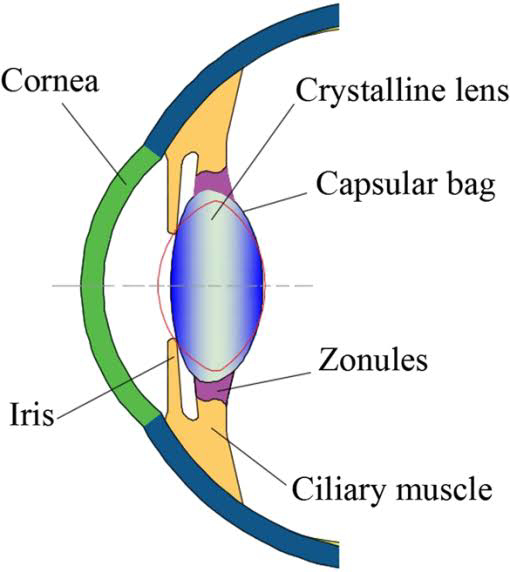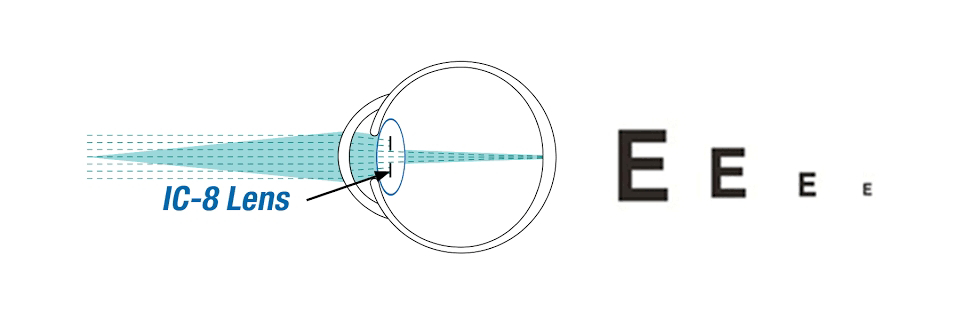Intraocular lens (IOL)
For more understanding about the lens we see whole anatomical factors of intraocular lens: "Intraocular lens is Crystalline, Transparent, Biconvex Structure Placed in between the Iris and Vitreous Saucer Shape (concave cavity) Patellar Fossa."
Shape as per the Definition lens surface is Convex to both side anterior as well as posterior surface in short its called biconvex. its exactly posteriorly of Iris & anteriorly of the Vitreous humor of eye. tightly Bind with the Ciliary Muscle lamellae called Zonules.
Thickness of intraocular lens is varies with Age at the Birth its 3.5 mm to its became 5 mm Extreme of age. Diameter of lens is about 9-10 mm. Weight is Varies from 135 mm (0-9 Years of age) to 255 mm (40 to 80 Year of age).
Anterior Surface is less Convex than Posterior surface, only Because that radius of curvature Anterior Surface is 10 mm and posterior surface is 6 mm. "where the Two surface Anterior and Posterior Surface meet to Each other at that place is Called Equator."
Refractive Index and Power of lens:
Refractive index is 1.39 (Averagely) Refractive index of Central part Nucleus is 1.41 and Peripheral part Cortex is 1.38. Total Dioptric power of lens is 15-16
D. Accommodation power
Varies with age, 14-16 D at Birth; 7-8 D at 25 Years of Age; 1-2 D at 50 Year of age.
Attachments Of the lens :
Intraocular lens peripherally attached to the ciliary body with Zonules of Zinn, Posteriorly are the circular adhesion between the posterior capsule and the anterior surface of the Vitreous.These are known as Hyaloideocapsular Ligament of Weiger Or retrolental Ligament. This circular attachment is termed as Eggler's line.
Structure of Lens

3.Lens surface comprises with the lens fiber:
the epithelium cell elongate to form lens fiber which have form complicated structure. mature lens fiber nuclei lost their nuclei. lens fibers layers arranged concentrically as like the same onion. lens fibers are arranged compactly as nucleus and cortex. following are the type nucleus of lens fiber.
- Embryonic nucleus: First 3 month of Gestation, which consist of primary lens fiber which form by elongation.
- Foetal nucleus: its lies surround the embryonic nucleus and correspond to the lens from 3 month Gestation till birth.
- Infuntile nucleus: Correspond to the lens from birth to puberty.
- Adult nucleus: Lens fiber formed after puberty to rest of life .
Cortex: its peripheral part which consist youngest lens fiber.
Above Digramatic representation of lens ray of light does not converge and diverge on the retina, due to the that myopia and hypermetropia condition will occur.



